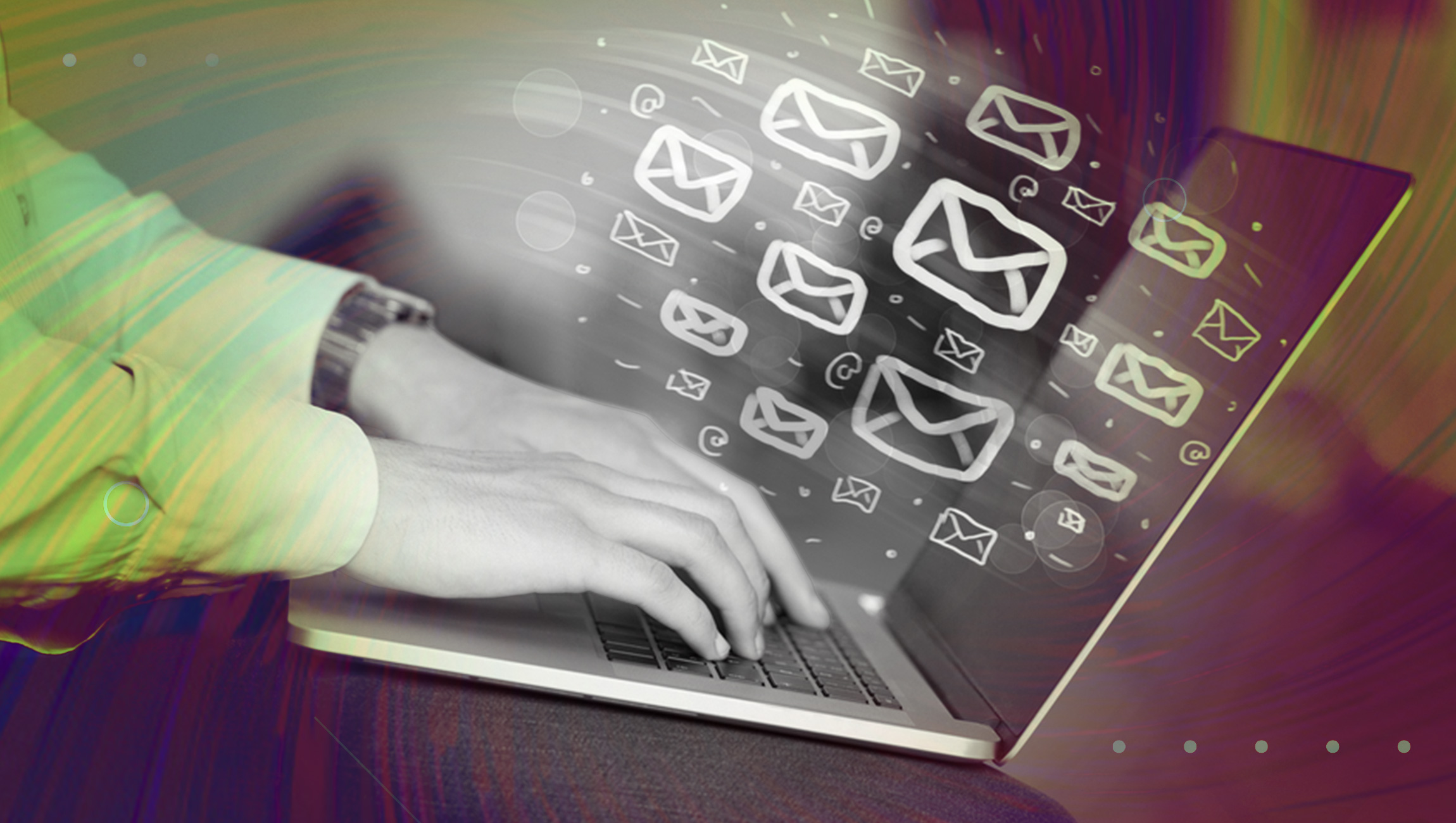It wasn’t all that long ago that Personalized Marketing meant addressing an email to someone by their first name. But these days, it’s not enough to call out customers by name in an e-blast if the content contains impersonal offers that don’t take into account their unique purchase histories. To stay competitive in our on-demand world, and build a pipeline of brand loyalty that ensures repeat business, brands have to create an individualized experience that accounts for each customer’s unique tastes and preferences.
That’s especially true for millennials— 92 percent of whom, according to Pew Research, own smartphones—making them a generation that’s accustomed to having brands at their fingertips 24/7. Reaching millennials means extending beyond the tried-and-true Marketing efforts. After all, in a recent study by the McCarthy Group, 84% of millennial respondents said they don’t like traditional marketing and, moreover, they don’t trust it. Creating a strong connection with customers, particularly millennials, hinges on a brand’s ability to deliver a customer experience that is both engaging and convenient—an approach that has given big brands, like Amazon, the edge until now. Today, in this new era of Digital Transformation, easy-to-implement, agile technology is more accessible and affordable than ever, enabling brands of all sizes to provide the individualized experience customers increasingly expect.
Read more: Engaging Millennials Beyond Financial Milestones
Consumers today, especially millennials, don’t want to be marketed to with irrelevant, impersonal ads and alerts. They will, however, respond to relevant notifications that contextualize their shopping history and make the goods and services they want easier to find. Say, for example, you’re a retailer like SuitSupply, Hugo Boss, or Rituals. It’s one thing to tell a customer you’re having a Sale. It’s another thing entirely to tell them you’re having a Sale on an item in their size, or on one of their favorite products that they’ve purchased in the past.
Part of individualizing the customer journey is for brands to meet customers where they are, via the channels they like and use, instead of forcing them into a narrow set of communications channels prescribed by the business. In today’s customer-centric climate, businesses no longer dictate the terms of how, when, and where they interact with customers. Customers do. And, more often than not, customers want to connect with brands via non-traditional channels, like WeChat, WhatsApp, Messenger, and SMS, in addition to voice and email. In fact, according to O2, making phone calls is only the fifth-most-used feature amongst the general public when it comes to smartphone use. Instead of limiting the channels they support, forward-thinking businesses are engaging with customers via a wide range of channels.
Of course, managing the explosion of messaging channels available to customers has been a headache for businesses, because each channel requires developer time to implement, integrate, and maintain. Linking up with cloud communications software enables brands to funnel their interactions with customers across all of those channels so that they can build rich customer profiles for their Sales pipelines. And, with advancements in Cloud Communications software, including no-code programs that can be used intuitively by non-developers, it’s easier and more accessible than ever for non-technical teams to create the Personalized Marketing campaigns they need, while providing the ease of use customers require. That way, businesses can focus on what really matters—creating an experience that delights their customers and keeps them coming back, time and time again.
Take the airline industry for example. Perhaps a passenger wants alerts, booking information, and in-flight offers or vouchers to be sent to them via SMS when they are in the US. But, when they touch down in Europe, they’d like that information to be delivered via WhatsApp or email. Leveraging Cloud Communications technology makes it possible for a business to continue the conversation in one seamless flow – whatever the channel the customer chooses to use or wherever they happen to be. That is the type of efficiency and convenience that’s crucial to enhancing brand loyalty.
In this age of information overload, brands have to get creative to communicate with customers. Today’s broadly accessible technologies enable Marketing and Sales teams to get tailored messages across quickly while giving customers the ease of use they’re looking for. Suddenly, your customer is no longer just another number in a database or a name on a bulk mailing list. They are real people—with unique tastes and preferences whose purchasing past influences their buying future. That’s a combination that’s just as powerful to the consumer as it is for the brand. And the numbers back it up.
According to Total Customer, 86% of consumers say they would pay more for a better customer experience. And, a survey by Accenture shows nearly half of consumers in the US alone are more likely to make purchases with companies that make the experience as individualized as possible. By harnessing agile, accessible Cloud Communications technology, brands can begin to move the needle with current customers and millennials today as well as the preferred channels of future generations.
Read more: Welcome the New Kids on the Block: How Millennials and Gen Z Are Disrupting FinTech




Comments are closed.